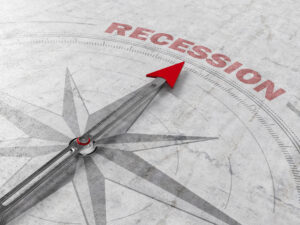Shortest Recession in History Sets up Next Recession
The comments below are an edited and abridged synopsis of an article by Lance Roberts
The 2020 recession was the shortest in history; the contraction lasted just two months (February to April). During those two months, the US economy fell by 31.4%, and the financial markets plunged by 33%. While the effects of the recession within historical norms, the recession itself was not.
Up for discussion: Why recessions are important; no tolerance for recessions; the Darwinian process of recessions; structural fragility; the Fed’s ‘moral hazard’; and the next recession.
While the National Bureau of Economic Research (NBER) said that the 2020 recession was the shortest ever, it does not preclude another recession from occurring sooner rather than later.
All the excesses that existed before the last recession have only worsened since then: Excess debt; high stock market valuations; investor complacency; financial system fragility; weak economic underpinnings; declining monetary velocity; low interest rates discouraging productive activity; and financial liquidity required to keep asset prices elevated.
Given that the dynamics for an economic recession remain, it will only require an unexpected, exogenous event to push the economy back into contraction.
This is why the NBER is saying it will classify the next downturn as a separate recession.


